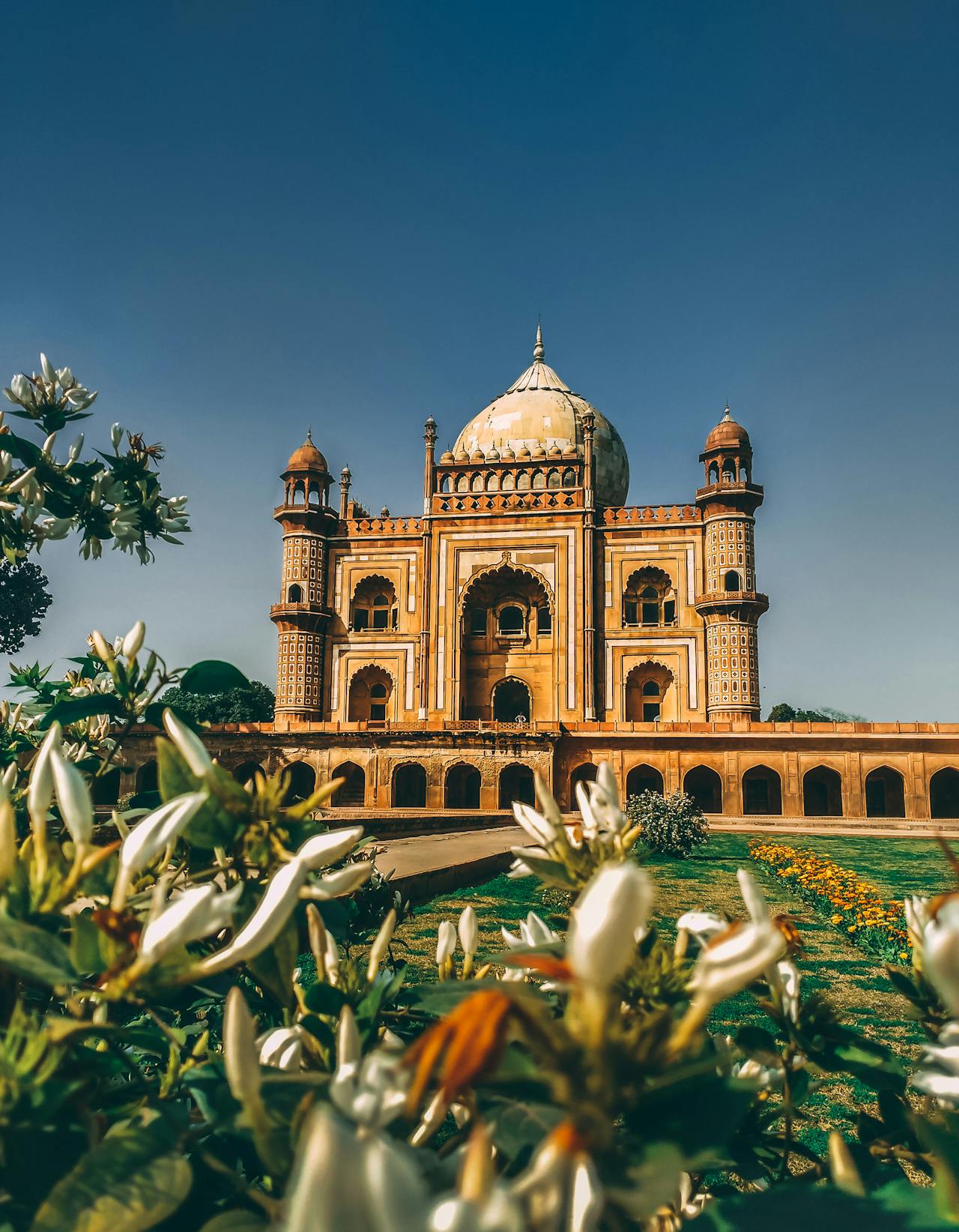In this comprehensive guide, we delve into the intricate details of Karachi’s architectural heritage, exploring both its colonial grandeur and modern marvels.
Karachi, a bustling metropolis, is a city of contrasts where colonial-era buildings stand side by side with modern skyscrapers. For those looking to explore its architectural wonders, booking flights to Karachi offers a gateway to this vibrant city. This architectural juxtaposition tells the story of Karachi’s rich historical tapestry, influenced by various cultures and eras. In this comprehensive guide, we delve into the intricate details of Karachi’s architectural heritage, exploring both its colonial grandeur and modern marvels.
Colonial Architecture: A Glimpse into the Past
The British Colonial Influence
The British colonial period left an indelible mark on Karachi’s architecture. Buildings from this era are characterized by their Victorian and Edwardian styles, showcasing intricate designs, spacious verandas, and grand facades. Notable examples include the Merewether Clock Tower, Frere Hall, and the Sindh High Court.
Merewether Clock Tower
Constructed in 1892, the Merewether Clock Tower stands as a tribute to Sir William L. Merewether. Its Neo-Gothic design features a blend of local sandstone and imported materials, creating a landmark that has become synonymous with Karachi’s colonial heritage.
Frere Hall
Built in 1865, Frere Hall is an epitome of colonial grandeur. Its architecture is a fusion of Venetian Gothic and local influences, with extensive use of yellow limestone. The hall served as Karachi’s town hall and remains a significant cultural venue, housing a rich collection of paintings and books.
Sindh High Court
The Sindh High Court, established in 1929, is another testament to the city’s colonial architecture. Its Greco-Roman facade, complete with Doric columns and intricate stone carvings, reflects the judicial authority and grandeur of the British era.
Preservation Efforts
In recent years, there has been a growing awareness of the need to preserve Karachi’s colonial buildings. Restoration projects aim to maintain the original charm of these structures while adapting them to contemporary uses. These efforts not only protect historical heritage but also promote tourism and cultural education.
Modern Architecture: Embracing the Future
The Rise of Skyscrapers
Karachi’s skyline has transformed dramatically over the past few decades. Modern architecture in the city is characterized by high-rise buildings, innovative designs, and the use of cutting-edge materials. Iconic structures such as the Habib Bank Plaza, Ocean Tower, and the Dolmen City Complex highlight this architectural evolution.
Habib Bank Plaza
Completed in 1963, Habib Bank Plaza was the tallest building in Pakistan for several decades. Its design incorporates modernist principles with a strong emphasis on vertical lines, symbolizing economic growth and progress.
Ocean Tower
Ocean Tower, formerly known as Sofitel Tower, is a mixed-use skyscraper that exemplifies contemporary design. It combines retail, commercial, and residential spaces, offering panoramic views of the Arabian Sea. The building’s sleek glass facade and state-of-the-art amenities reflect Karachi’s modern aspirations.
Dolmen City Complex
The Dolmen City Complex, situated on Clifton Beach, is a premier example of mixed-use development. It includes luxury apartments, a shopping mall, and corporate offices, designed with sustainability and aesthetics in mind. The complex’s architectural style is both functional and visually appealing, contributing to Karachi’s urban landscape.
Sustainable Architecture
In line with global trends, Karachi is embracing sustainable architecture. New developments prioritize eco-friendly materials, energy efficiency, and green spaces. Projects like the Bahria Icon Tower and Emaar Crescent Bay are designed with sustainability at their core, aiming to reduce the environmental impact of urban growth.
Cultural and Social Impact
Architectural Heritage and Identity
Karachi’s architectural heritage is a vital part of its cultural identity. The city’s buildings narrate stories of its colonial past, independence, and modernization. This architectural diversity fosters a sense of pride among residents and offers a tangible connection to the past.
Tourism and Economic Growth
The unique blend of colonial and modern architecture in Karachi attracts tourists, architects, and historians from around the world. Heritage walks and guided tours of historical sites are becoming increasingly popular, contributing to the city’s economy and promoting cultural tourism.
Conclusion
Karachi’s architectural landscape is a testament to its dynamic history and vibrant future. The city’s colonial buildings remind us of a bygone era, while its modern structures showcase its ongoing evolution. By preserving its heritage and embracing innovative design, Karachi continues to grow as a beacon of cultural and architectural significance.




